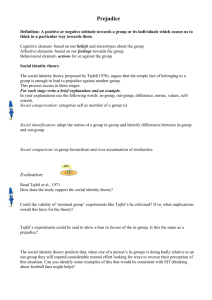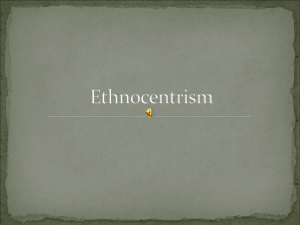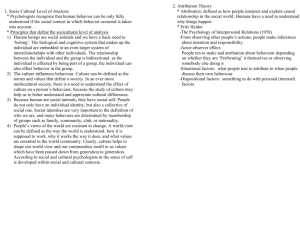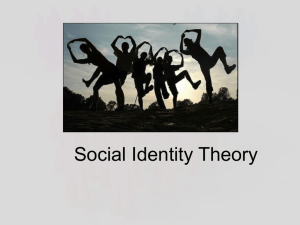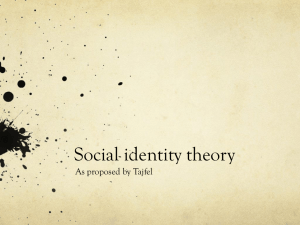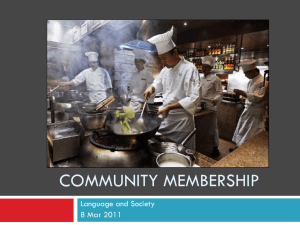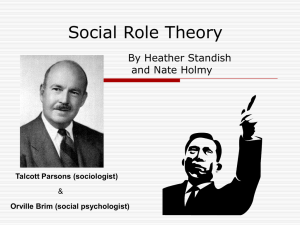Social Identity Theory: Tajfel & Turner Explained
advertisement
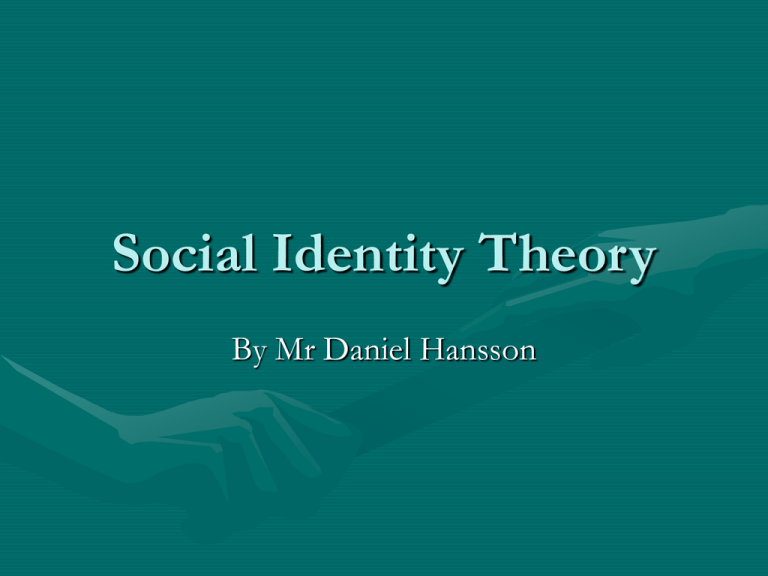
Social Identity Theory By Mr Daniel Hansson Questions for discussion 1. 2. 3. 4. List all the social categories that you belong to (e.g. Swede, over 30, son, brother, psychology teacher, male) How many social categories did you come up with? Which of these categories do you identify with the most? Why do we have pep rallies at school? Are we more likely to help people who are like us than different from us? Would you rather ask a Thai person than a person from Cambodia to watch your luggage at the airport? Why or why not? Important definitions • In-groups: Groups that we belong to • Out-group: Groups that we do not belong to Social identity theory (Tajfel & Turner 1979) • Our social identity, a part of our identity is derived from the social groups that we belong to and that we do not belong to (defining who we are by who we aren’t) • We derive self esteem by positively differentiating our in-group from out-groups (“us” and “them”) • We therefore tend to categorize our social environment into groups • We tend to favourize our in-group over out-groups Supporting research • • • • Tajfel (1970) Yuki et. al. (2005) Hraba and Grant (1969) Reicher and Haslam (2006) Evaluation, disadvantages • Identification with an in-group may sometimes lead to low self esteem (e.g. being black in the 1930:s – Clark and Clark 1939, Jane Eliot classroom exercise) • The social identity process can also be affected by permeability (e.g. Haslam & Reicher 2006) • We may also develop our self esteem and identity through our individuality • Methodological problems of supporting studies (generalisability and ecological validity) • Possible cultural differences for in-group favouritism (Yuki et al 2005) • The results of the Tajfel study may be due to the competitive behavior, not in-group bias Evaluation, advantages • Supporting research • Understanding of prejudice • Can be used for predictions of social behavior in groups • Methodological advantages of supporting studies (well controlled, standardized procedures) • Can be generalized to other cultures (Yuki et al. 2005)
